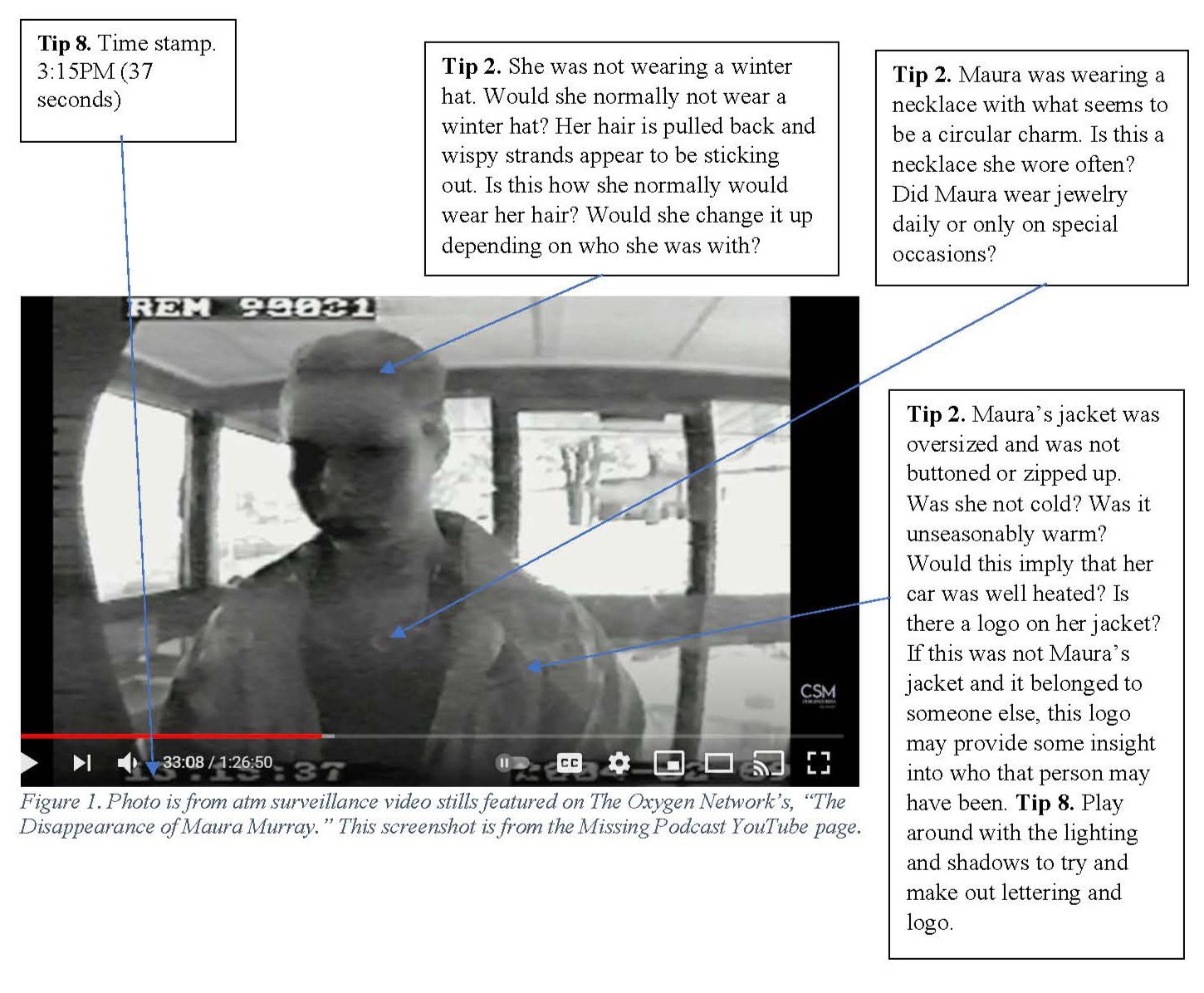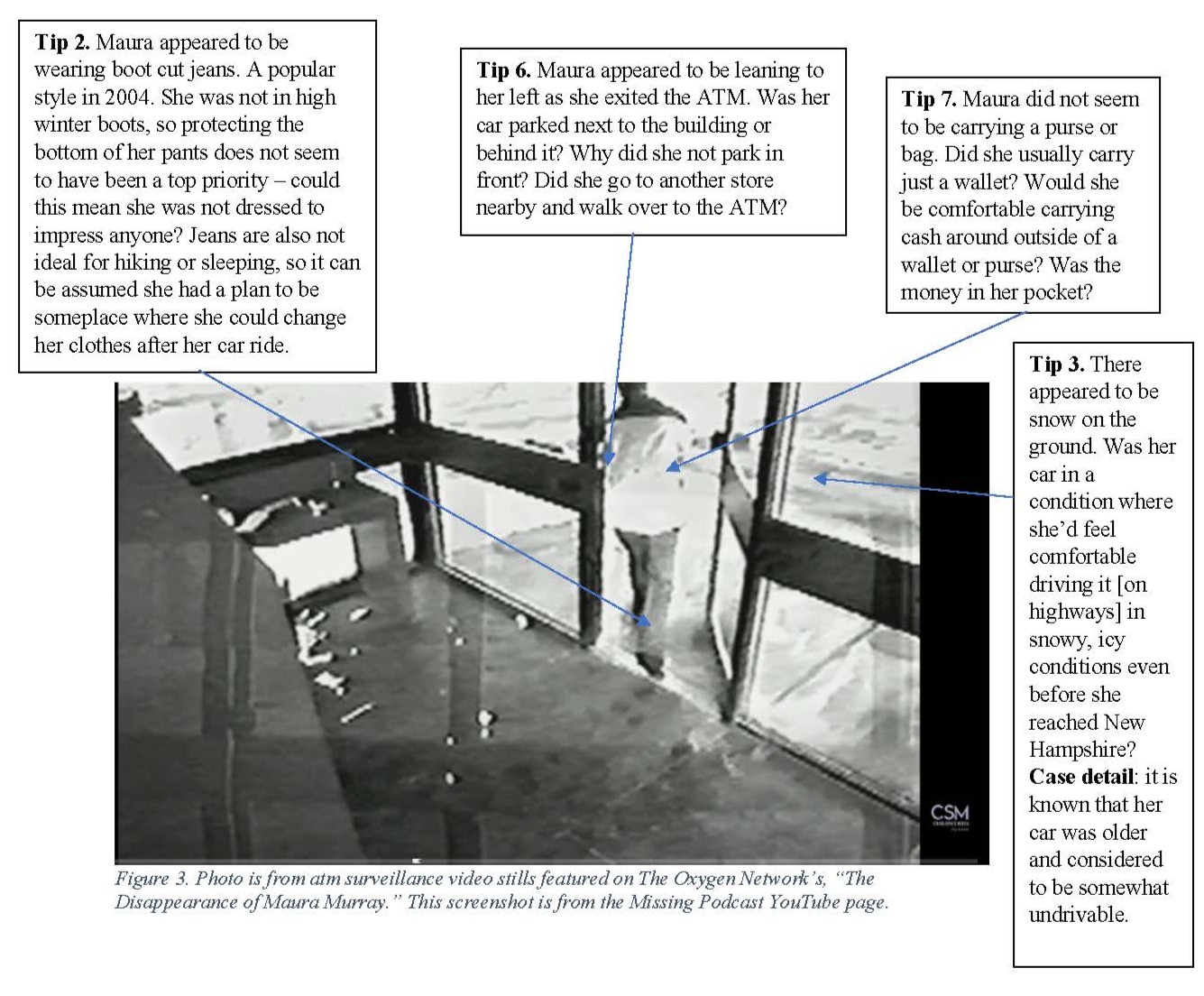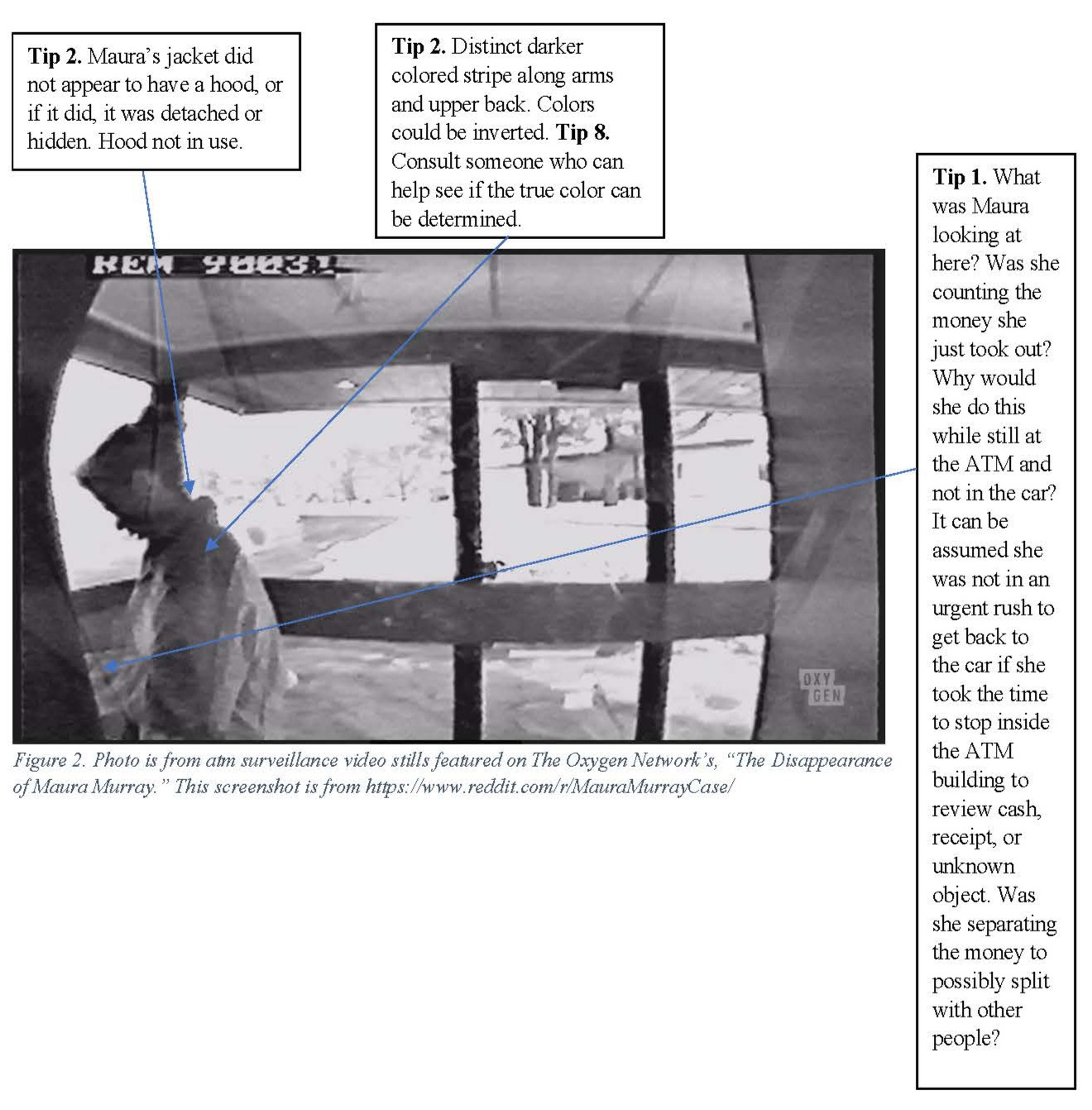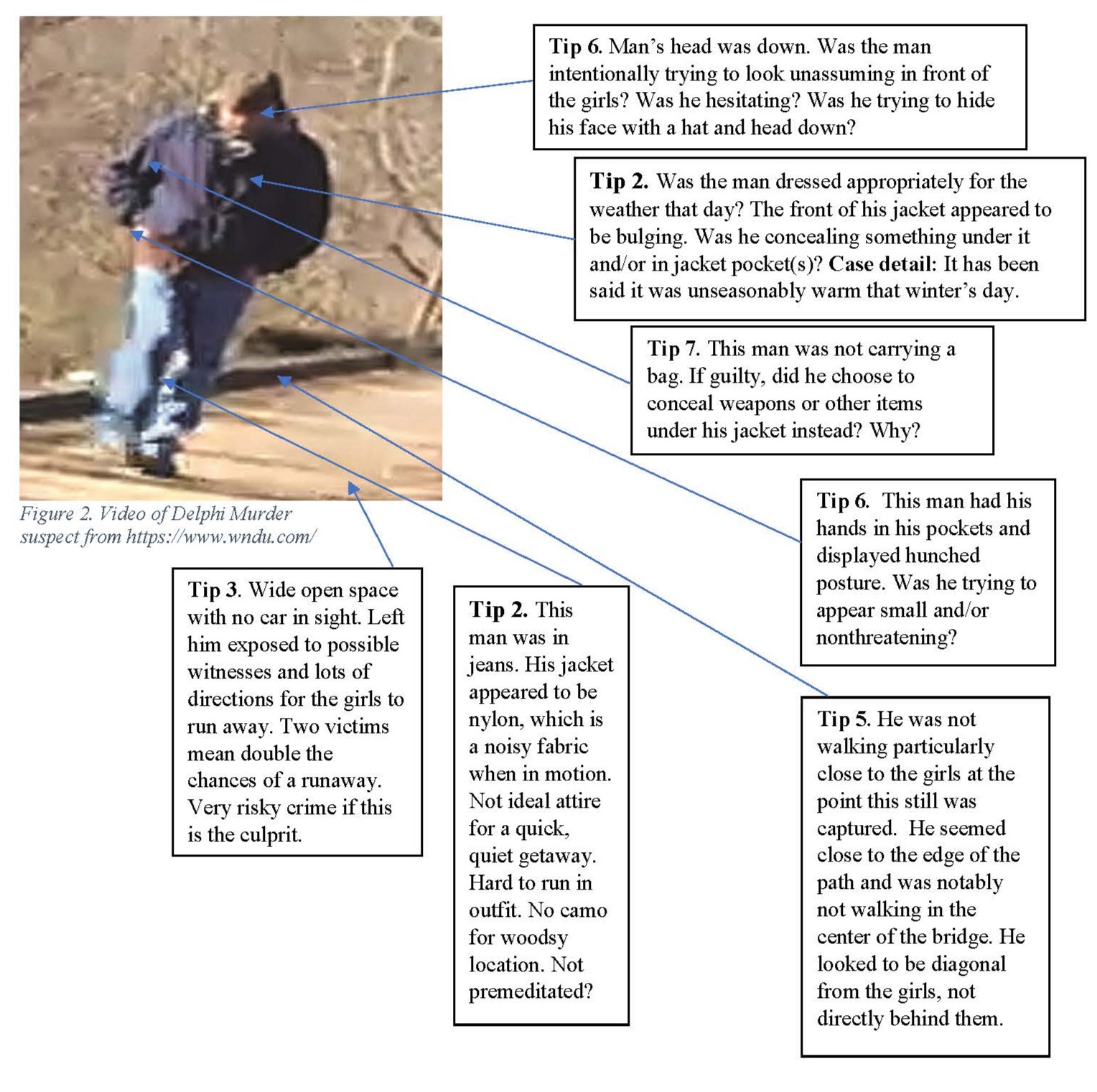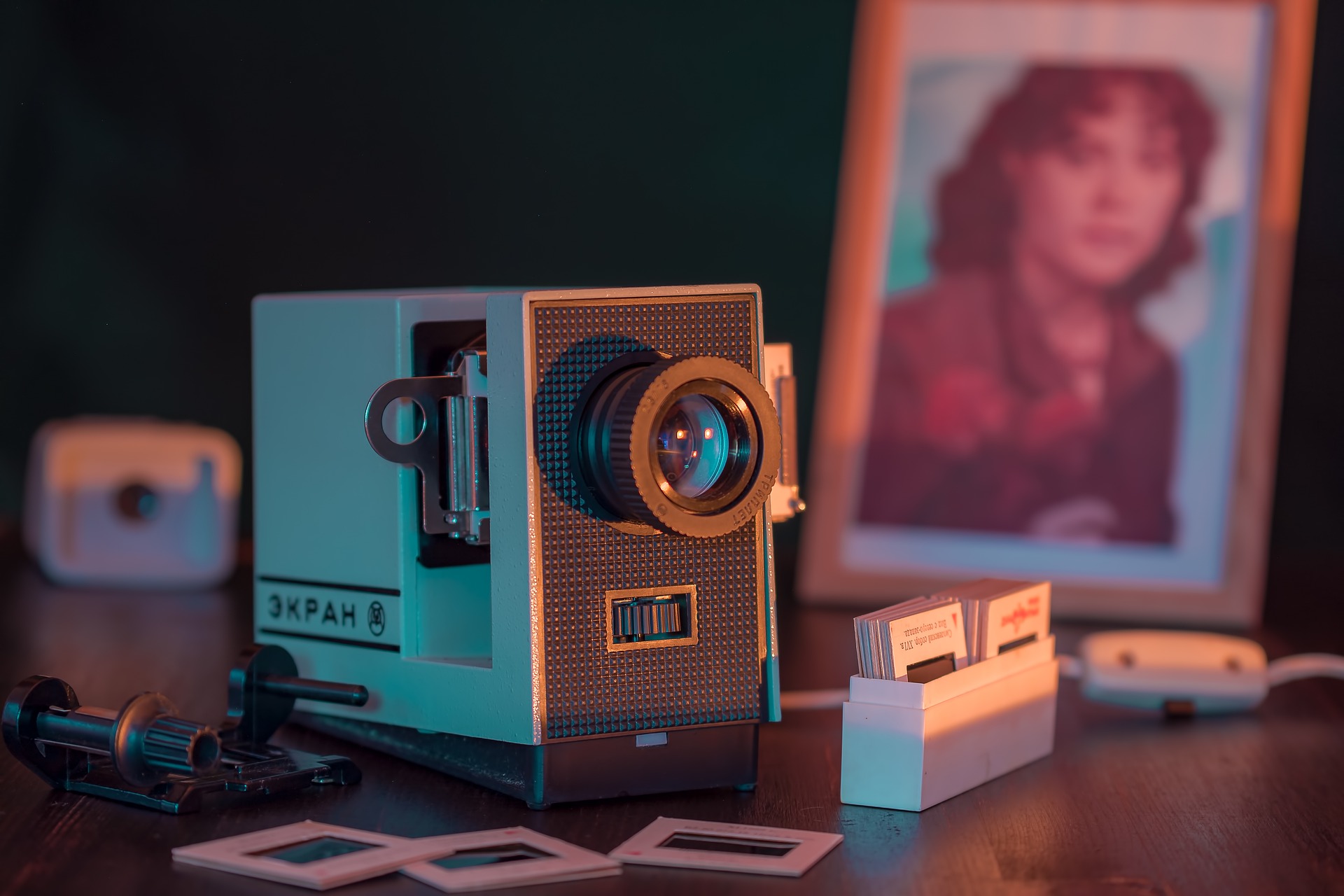
It Doesn’t Hurt to Look
OK, now let’s get to the tips and best practices. (Finally!)
1. Start with the who, what, where, and the why. Who is in the image? What are they doing? Where are they doing it? And why are they doing it? If you keep the five Ws in mind, then it’ll be much easier to avoid falling (or eagerly swan diving in my case) down those infamous rabbit holes.
2. Keep a close eye on clothing, jewelry, and a person’s overall appearance. Clothing can be particularly useful in dating a photo. If you know roughly when a garment was made or in fashion, then you can better pinpoint a date range in which a photo was taken. Clothing and jewelry can also be used to show religious affiliation (i.e., a Star of David charm on a necklace may imply Jewish heritage). Look for recognizable logos on t-shirts or jackets. Note if a pant leg is cuffed or a rip is visible in the fabric. If it feels off to you, then put it on your list of things to research later. You can also quite possibly determine time of year, a person’s social status, and even their state of mind. Is the person overdressed or underdressed for their surroundings? Is their hair casually pulled up or properly styled down? Think critically and creatively with this one!
3. Pay attention to location. Take a good look around. Then take an even closer look around. Start from the top left corner of the photo and read the image like you would read a book. Our eyes are trained to look at the foreground when often the background is where key answers reside. You may notice a shadow, a footprint or even a car in the distance that could be of importance. A prime example of finding clues in the background comes from the documentary, “Long Shot.” In the documentary, Juan Catalan is arrested for a murder that he is adamant he did not commit. He is eventually proven innocent when raw footage from a “Curb Your Enthusiasm” episode being filmed at Dodger Stadium shows Cataln in the background of a shot. He was attending the live game around the time the murder would’ve been taking place. An eye for detail is essential!
4. Don’t overlook out-of-place objects. From an open drawer to a missing patch of grass, if something looks out of place, there is reason to investigate further. For example, it may be easy to dismiss an overflowing laundry basket, but that pile of dirty clothes could tell us something. Maybe the individual residing there is generally a messy person or maybe they haven’t been around to do their laundry in a while. Both instances would provide some insight into that person’s life, behavior and/or living situation.
5. Key in on relationships. If a photo or footage show more than one person, it’s important to look for nuances like a hand on a shoulder or lower back. These easy-to-miss gestures can speak to whether one person has control over the other’s movement and direction. In a scenario where more than one person is in a car, pay attention to who is driving and where the other people are oriented in the vehicle. The key part of observing relationships is the relations part. How people are or aren’t interacting with each other can speak volumes.
6. Watch out for body language and facial cues. It’s common knowledge that posture is a good indicator of someone’s confidence and comfort level. If someone is crossing their arms or making themselves appear small, it’s worth noting that they may be in a position of feeling vulnerable or nervous. In contrast, photos, or footage of someone dancing, smiling freely or walking tall could indicate that they are not feeling threatened in their current environment. However, it can be easy to mistake intoxication for confidence, so check back with tip number 4 to see if there are any objects (i.e., beer cans) that would suggest a person may not be in their right frame of mind before making any assumptions.
7. Don’t underestimate negative evidence. Negative evidence is evidence based on the absence of something. I find this tip to be extremely useful. Unfortunately, it’s often overlooked. Do not only focus on what is present in the photo, but also key in on things that may be absent. Was there previously a framed photo on the wall that is now missing? Are there three wine glasses in a photo, but only two people are pictured? Sometimes what you don’t see can be even more important than what you can see.
8. Investigate the photo itself. This final tip may require some expert input, which should be encouraged. Afterall, it takes a village to raise awareness! Finding out what type of camera was used to take a photo or capture footage can be extremely helpful. Analog or digital? Maybe even a Polaroid? An original photo can provide a time stamp of the exact moment a photo was taken and potentially who took the photo. For social media photos, this can be particularly difficult (but not impossible) since the origin of a photo posted can be misleading due to distorting filters and sharing capabilities. If an analog photo is hard to analyze, then try scanning it onto your computer and working with it as a digital file. As a digital image, you can more easily manipulate the exposure, saturation, and overall visibility of details in photos like lettering and logos.
Case Studies
